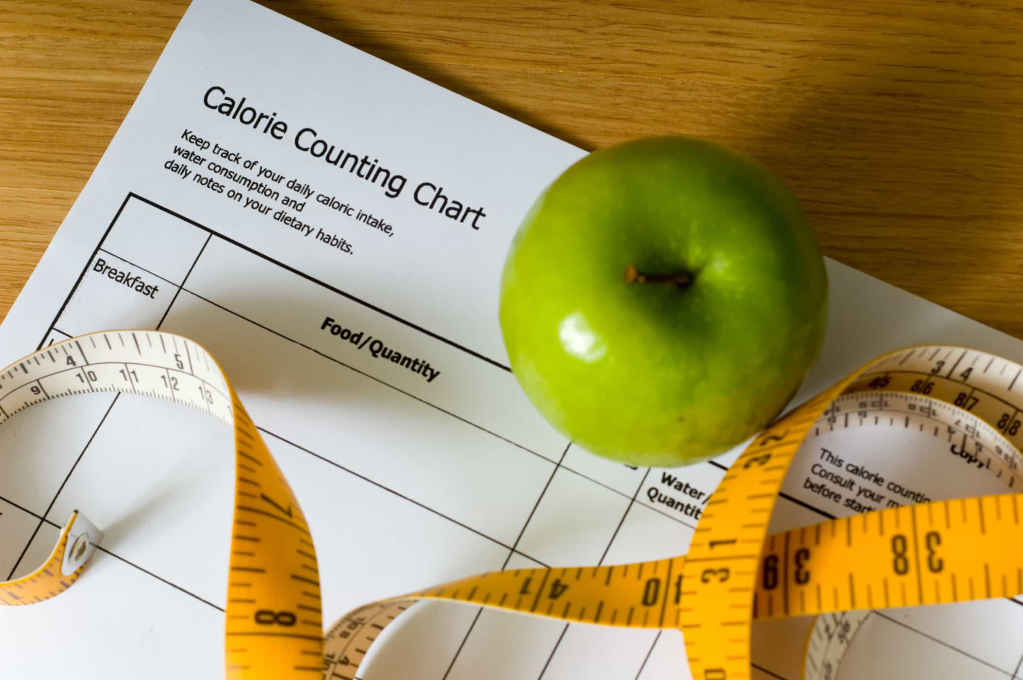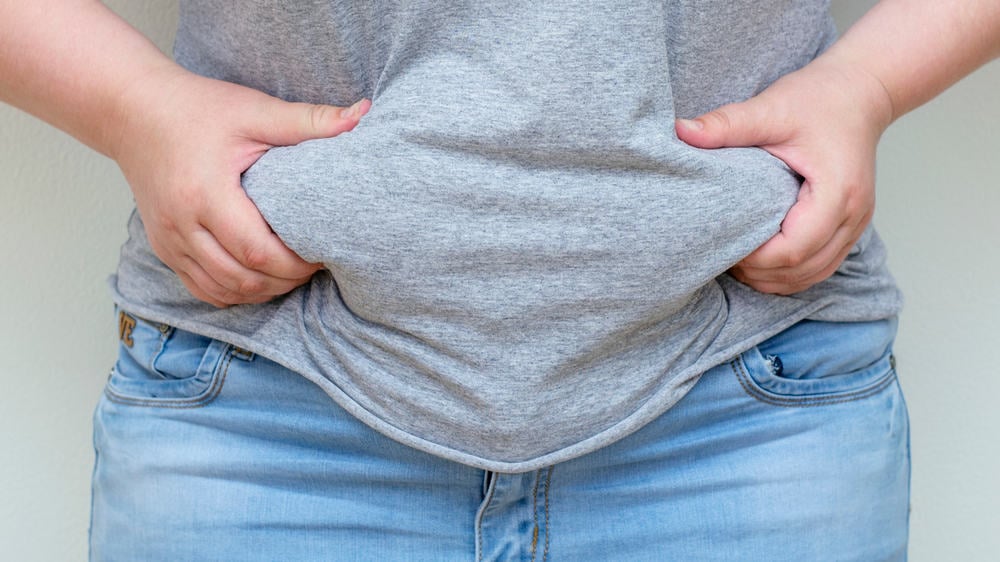Calculating the Need for Calories Needed Every Day
What are calories?
Before knowing what your calorie needs are, it’s a good idea to know what calories are. Calorie is a unit of measurement to express the amount of energy in food.
When you eat or drink, you provide energy (calories) to the body. The body then uses this energy as fuel for various activities. The more activities you do, the more energy or calories you use.
The number of calories in a food is usually written in units of ‘kilo calories’ (kcal). For example, 500 calories would be written as 500 kcal. In addition to kcal, calories can also be written in units of “kilojoules” or “kJ”. 1 kJ is equivalent to 0.239 calories.
Calories can provide energy, but too large an intake can add weight to obesity. This is because the extra calories that are not burned will be stored in the form of fat. Therefore, you need to calculate your calorie needs.
1000+ Cool, Unique and Funny Free Fire (FF) Names That Haven’t Been Used
Daily calorie needs of each person
The calculation of the calorie needs of each person is different because there are several factors that can influence it. These factors include gender, weight and height, age, body composition, and daily level of physical activity.
The calories needed by men are different from women even though they are of the same age range. Even two twins will have different calorie needs, depending on their physical condition and daily activities.
The standard daily calorie needs of each country also vary. In the United States, men are advised to consume 2,700 calories per day and women 2,200 calories per day.
Meanwhile, according to the National Health Service in the UK, men are advised to consume 2,500 calories and women 2,000 calories. In contrast to the recommendations of the US Food and Agriculture Organization which recommends a minimum calorie intake of 1,800 calories per day.
In Indonesia, there is a table of nutritional adequacy figures (RDA) according to the Minister of Health Regulation Number 28 of 2021. This table contains recommendations for how many calories and nutrients in the RDA for each age group.
Calorie requirements below are average for each age group. You can consult further with a nutritionist to find out the calorie needs of you and your family in detail.
1. Infants and children
The calorie needs of children and infants increase with age. In the first six months, the baby’s calorie needs are met through exclusive breastfeeding. After that, the feeding is adjusted based on the child’s age.
The calorie needs of infants and children are as follows.
- 0 – 5 months: 550 kcal
- 6 – 11 months: 800 kcal
- 1 – 3 years: 1,350 kcal
- 4 – 6 years: 1,400 kcal
- 7 – 9 years: 1,650 kcal
2. Male
Men generally have higher daily calorie requirements due to greater muscle mass. The following is the calorie needs of men from childhood to the elderly.
- 10 – 12 years: 2,000 kcal
- 13 – 15 years: 2,400 kcal
- 16 – 18 years: 2,650 kcal
- 19 – 29 years: 2,650 kcal
- 30-49 years: 2,550 kcal
- 50 – 64 years: 2,150 kcal
- 65 – 80 years: 1,800 kcal
- Over 80 years: 1,600 kcal
3. Women
Women’s daily calorie needs need to be differentiated between women with normal body conditions, pregnant women, and breastfeeding mothers. Women who are not pregnant or breastfeeding need calorie intake under the following conditions.
- 10 – 12 years: 1,900 kcal
- 13 – 15 years: 2,050 kcal
- 16 – 18 years: 2,100 kcal
- 19 – 29 years: 2,250 kcal
- 30 – 49 years: 2,150 kcal
- 50 – 64 years: 1,800 kcal
- 65 – 80 years: 1,550 kcal
- Over 80 years: 1,400 kcal
4. Pregnant or breastfeeding women
Mothers who are pregnant or breastfeeding need more energy intake to support the growth of their babies. Therefore, their basic energy needs need to be added with the following conditions.
- 1st trimester of pregnancy: add 180 kcal
- 2nd trimester of pregnancy: add 300 kcal
- 3rd trimester of pregnancy: add 300 kcal
- Breastfeed in the first 6 months: add 330 kcal
- Breastfeed at the second 6 months: add 400 kcal
The formula calculates daily calorie needs

In addition to referring to the table of nutritional adequacy numbers, you can also calculate your own daily calorie needs using two different formulas. Here are the two formulas.
1. The Harris-Benedict formula
The Harris-Benedict formula is one of the formulas often used by nutritionists. This formula takes into account your age, gender, weight, height and activity level.
First of all, you need to calculate basal metabolism rate (BMR) first. BMR or basal metabolic rate is an estimate of the amount of energy used to carry out basic body functions in resting conditions.
BMR in men and women can be found by the following formula.
- BMR Men = 66.5 + (13.7 × body weight) + (5 × height) – (6.8 × age)
- BMR Women = 655 + (9.6 × body weight) + (1.8 × height) – (4.7 × age)
In the formula above, weight is stated in kilograms (kg), while height is in centimeters (cm).
The result of the calculation is then multiplied by the physical activity factor. You can follow the following category guidelines.
- Hardly ever exercise: multiply 1.2
- Rarely exercise: multiply 1.3
- Frequent exercise or strenuous physical activity: multiply by 1.4
For example, there is a 26 year old woman who weighs 60 kg and a height of 160 cm. His daily activities go to work and rarely exercise. This means that the woman’s daily calorie needs are 1,848 kcal.
2. WHO formula
The WHO formula is simpler than the Harris-Benedict formula. This formula does not take into account height, but is divided by age category.
For example, to find the energy needs of a woman aged 18-29, the formula 14.7 × (weight in kilograms) + 496 is used.
Meanwhile, to find the energy needs of men aged 18-29 years, the formula 15.3 × (weight in kilograms) + 679 is used. The result is then multiplied by the physical activity factor as in the Harris-Benedict formula.
3. Calorie requirement calculator
To simplify the calculation of calorie needs, according to body weight, height, age, and activity level, Hello Sehat has provided it Calorie Requirement Calculator which you can use by clicking the image below:
The relationship between calorie needs and health

Although food packaging often lists a nutritional adequacy rate based on an energy requirement of 2,000 kcal, you now know that not everyone needs this much energy every day.
Your energy needs depend on gender, age, body, height, physical condition, to daily activities. Knowing how many daily calorie needs can also help maintain health.
In meeting your energy needs, you need to follow the principle of balance. This means that the number of calories that enter the body is the same as that out. You can implement this by calculating your calorie needs in advance.
If you get more calories than you need, this can lead to weight gain. The risk of various diseases such as heart disease, diabetes mellitus and stroke is also higher.
On the other hand, calorie intake less than your needs can lead to weight loss as well as decreased function of the body’s organs. This is because they don’t get the intake they should.
So, not only calculating how much your daily calorie needs are, you also need to get the intake according to those needs. This is what will keep the body’s functions optimal.
Hello Health Group does not provide medical advice, diagnosis or treatment.
Understanding calories. (2019). Retrieved 17 February 2021, from https://www.nhs.uk/live-well/healthy-weight/understanding-calories/
Learning About Calories. (2018). Retrieved 17 February 2021, from https://kidshealth.org/en/kids/calorie.html
What should my daily intake of calories be ?. (2019). Retrieved 17 February 2021, from https://www.nhs.uk/common-health-questions/food-and-diet/what-should-my-daily-intake-of-calories-be/
RI Ministry of Health. (2019). Regulation of the Minister of Health Number 28 of 2021 concerning Recommended Nutritional Adequacy Rates for Indonesian People. Ministry of Health of the Republic of Indonesia. Retrieved 17 February 2021, from https://peraturan.bpk.go.id/Home/Details/138621/permenkes-no-28-tahun-2019
Luy, S., & Dampil, O. (2018). Comparison of the Harris-Benedict Equation, Bioelectrical Impedance Analysis, and Indirect Calorimetry for Measurement of Basal Metabolic Rate among Adult Obese Filipino Patients with Prediabetes or Type 2 Diabetes Mellitus. Journal Of The ASEAN Federation Of Endocrine Societies, 33(2), 152-159. https://doi.org/10.15605/jafes.033.02.07